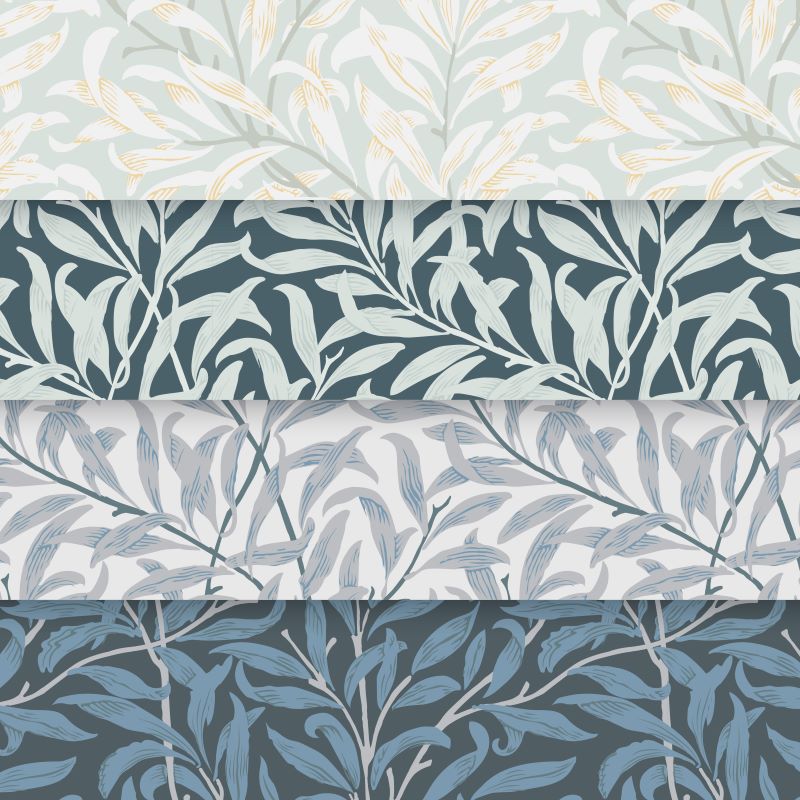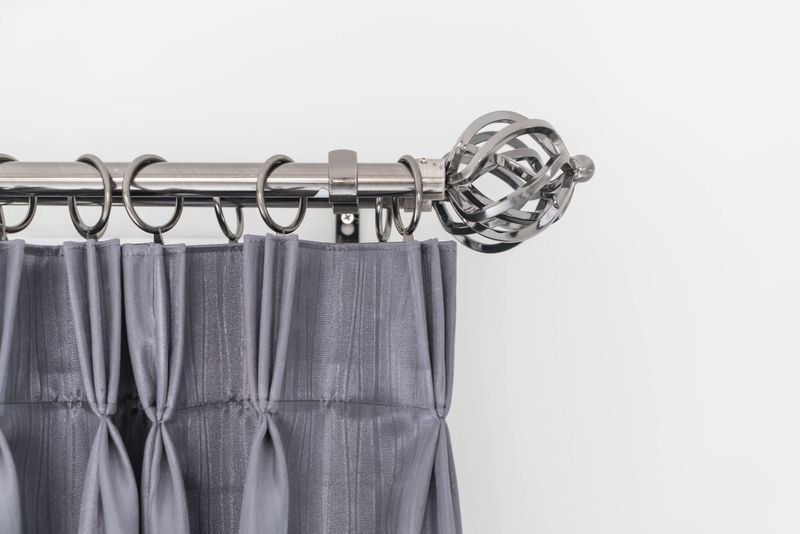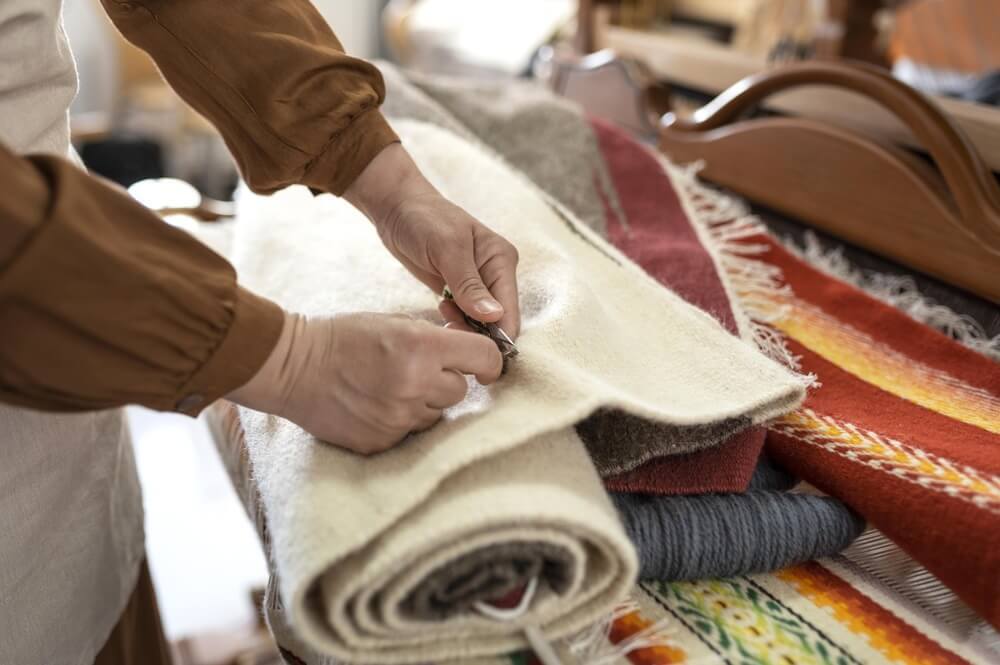Introduction
In the world of interiors, upholstery, quilting, and DIY projects, the right choice of fabric can either make or break your project. Quality in fabric not only makes your projects look better but also provides durability and a sense of luxury.
This article will arm you with knowledge about what quality fabric is, help you find the best fabric, and give a couple of tips on where to search and what to do first.
Understanding the Basic Factors of High-Quality Fabrics
Before getting into the finer points, it's essential to thoroughly understand the basic factors of the right fabrics.
We'll cover the things that are the building blocks and the proper factors in determining whether a fabric is suitable for use in a particular project.
Let’s unpack these step-by-step:
Types of Fabrics
Fabrics generally fall into two major categories: natural and synthetic fabrics.
Natural fabrics
Materials made from animal hair, silkworm cocoons, seeds, leaves, and stems of plants. They are considered valuable due to their comfort, breathability, and environmental friendliness.
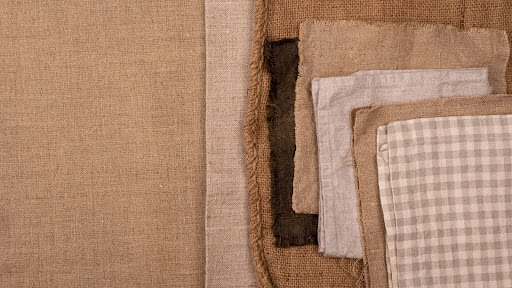
6 most popular natural fabrics you can find at fabricmill.com:
Synthetic fabrics
Man-made and developed through various chemical processes. Their main features are high strength, durability, resistance to deformation, and being wrinkle-free.
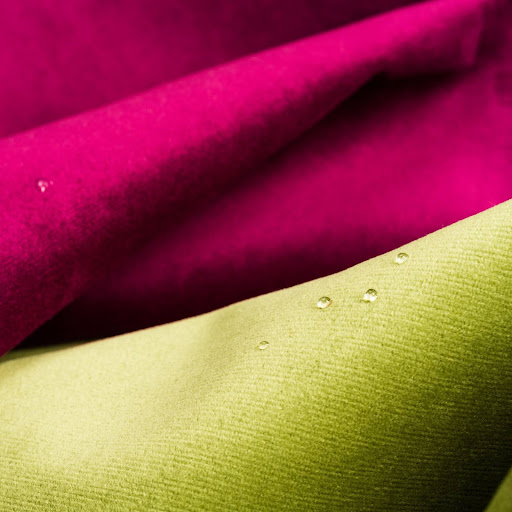
Our collection offers all the most popular synthetic fabrics, such as:
- Nylon Fabric
- Rayon Fabric
- Modacrylic Fabric
- Acrylic Fabric
- Polyester Fabric
- Faux Leather and Vinyl Fabric
Key Fabric Terminologies
To gauge the quality of fabric accurately, there are some of the core terms one needs to be aware of, which include thread count, weave, and weight. They give an idea about the fabric's construction and influence its texture, appearance, and performance.
Thread Count
Generally, a higher thread count can indicate the fabric is finer, smoother, and more durable. However, at times, excessively high thread counts can be deceiving, as manufacturers are known to use thinner threads just to boost the count.
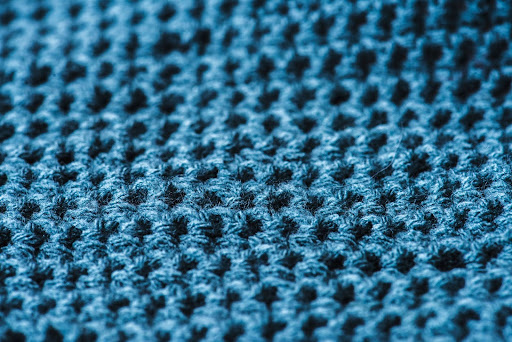
Therefore, the thread count should not be considered by itself but in combination with the fabric quality and its weave.
Fabric Weight
The weight of the fabric can determine how strong it is or what projects it is best suited for. Usually, the heavier the fabric, the more durable it is.
Lighter fabrics are used for delicate, free-flowing items such as sheer curtains and bedding. Some of the lightweight fabrics include silk fabric (silk chiffon fabric, silk organza fabric, and silk taffeta fabric), voile fabric, cotton fabric, and linen fabric.
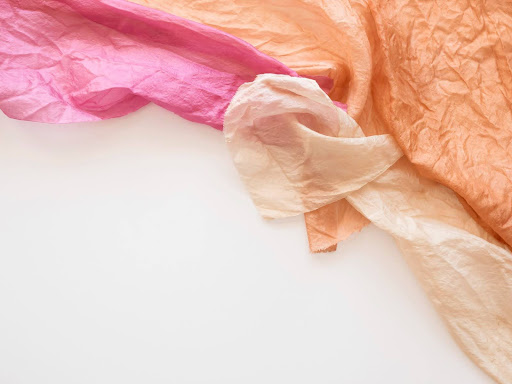
Voile Fabric
In contrast, heavy fabrics such as canvas, wool, or chenille fabric are most often used for furniture upholstery, blackout curtains, or outdoor use.
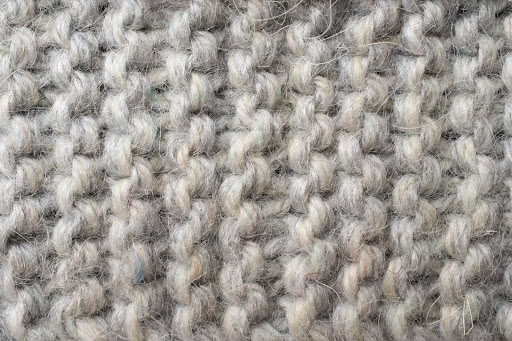
Wool Fabric
Weave Complexity
The effects that the weave of the fabric has included those on the texture, appearance, and durability of fabrics. There are fabrics with special weaves, among them plain fabric, twill fabric, and satin fabrics.
- Plain weave: a simple, crisscross pattern that creates a versatile, durable fabric with a uniform appearance. This weave is common in cotton and linen and is ideal for everyday items such as bedding.
- Twill weave: characterized by diagonal ribs, creating a strong fabric with a distinct texture. Most commonly found among denim fabrics, this weave is also ideal for reupholstering and bathroom curtains.
- Satin weave: a floating thread that creates a smooth, lustrous surface, giving a luxurious sheen and softness to the touch. Satin is often used in the creation of luxurious bedding and curtains. This material is often used as a replacement for silk because of its very similar texture but is much cheaper.
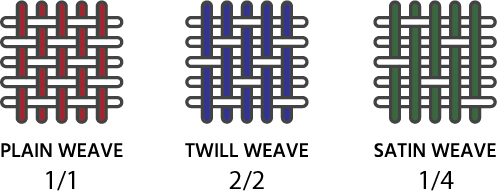
Source: https://www.basalt.guru/shop/basalt-plain-weave-fabrics/
5 Practical Tips for Assessing Fabric Quality
To truly gauge the quality of a fabric, it's crucial to engage in hands-on evaluation. Here are some practical tips:
1. Touch and Feel
The tactile qualities of a fabric are a direct indicator of its quality. High-quality fabrics tend to be smooth and pleasant to the touch, indicating well-spun fibers and a tight weave. Conversely, a rough or scratchy texture may indicate lower-gauge or coarser fibers.
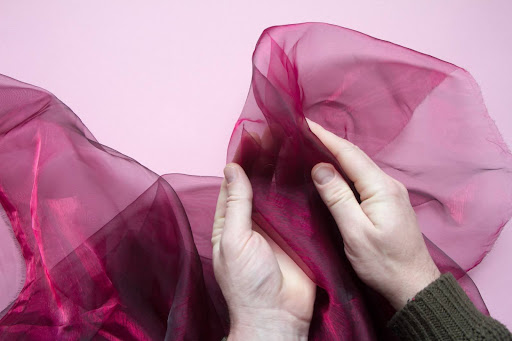
2. The Stretch Test
A stretch test can tell you a lot about a fabric's elasticity and fiber strength. Gently stretch the fabric and see how it responds. High-quality fabrics should return to their original shape without sagging. A fabric that remains stretched indicates poor quality and can wear out extremely quickly.
3. The Transparency Test
The transparency test is a simple but effective way to assess the density and quality of a fabric. Hold the fabric up to a light source. Less transparency due to a tighter weave and a higher thread count usually indicate a potentially higher-quality material.
This test is especially useful for fabrics designed for privacy or sun protection.
4. Reading Fabric Labels
Fabric labels are a treasure trove of information, detailing the fiber content, care instructions, and sometimes even the fabric's origin.
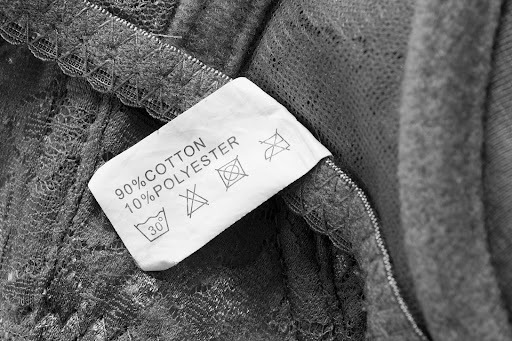
High-quality fabrics often have detailed labels like this, providing all the information about the fiber's composition and recommended care, which can help maintain the fabric's integrity over time.
5. Asking the Right Questions
When purchasing fabric, don't hesitate to ask about its origin, treatment, and recommended care to ensure quality.
Inquiring about a fabric's origins, manufacturing processes, and care requirements can provide valuable insights into its quality. Reputable sellers should be transparent about their fabrics, allowing informed decisions. Questions about dye fastness, shrinkage, and fabric treatment can also guide high-quality choices.
At fabricmill.com, we’re completely transparent about our fabric and are available to answer any question our customers may have. For questions about a particular fabric, contact us, and we'll help you find the perfect fit.
Checklist for Evaluating Fabric Quality
|
Factor |
Description |
Benefits |
Disadvantages |
|
Thread Count |
The number of threads woven together per square inch. |
Higher thread count fabrics are usually finer, smoother, and more durable, offering a luxurious feel. |
Higher thread count fabrics can be more expensive and sometimes more delicate, requiring careful maintenance. |
|
Fabric Weight |
Measured in grams per square meter (GSM), indicating the fabric's heaviness. |
Heavier fabrics tend to be more durable and suitable for specific projects, providing structure and warmth. |
Heavier fabrics can be less breathable and uncomfortable in warmer conditions; may not be suitable for all types of garments. |
|
Weave Complexity |
The pattern in which threads are interlaced, including plain, twill, and satin. |
Complex weaves can enhance the texture and appearance of fabric, contributing to its aesthetic appeal and durability. |
More complex weaves may be more prone to snagging and can be more challenging to care for, requiring special maintenance. |
|
Feel |
The tactile quality of the fabric when touched. |
Smooth and soft fabrics are more comfortable against the skin, indicating higher quality and care in production. |
Finer, softer fabrics may wear out more quickly in high-use areas and might require more delicate washing conditions. |
|
Stretch |
The fabric's ability to stretch and return to its original shape. |
High-quality stretch fabrics offer better fit, comfort, and durability, maintaining their shape over time. |
Over time, stretch fabric can lose elasticity, leading to sagging and misshaping, especially if not cared for properly. |
|
Transparency |
The degree to which light passes through the fabric, indicates weave density. |
Less transparent fabrics usually have a tighter weave, indicating higher quality and better durability. |
Thicker, less transparent fabrics may lack the breathability and lightness desired for certain applications, like summer wear. |
|
Label Information |
Information is provided on the fabric label, including fiber content and care instructions. |
Detailed and specific label information can hint at a fabric's quality and proper maintenance for longevity. |
Misleading or incomplete label information can lead to improper care, reducing the fabric's lifespan and aesthetic appeal. |
Conclusion
Evaluating fabric quality is a skill that combines technical knowledge with sensory evaluation. A quality fabric will not only enhance the aesthetics of your creations but will also ensure their longevity and comfort.
By understanding the key factors and applying the practical tips outlined in this article, you will be able to make informed choices and select the best fabrics for your projects.
Call to Action
Inspired to start your next project with the best materials at your fingertips? Visit fabricmill.com to explore our extensive selection of high-quality fabrics designed to meet the needs of any project and budget.
Start your journey to superior creations today!




